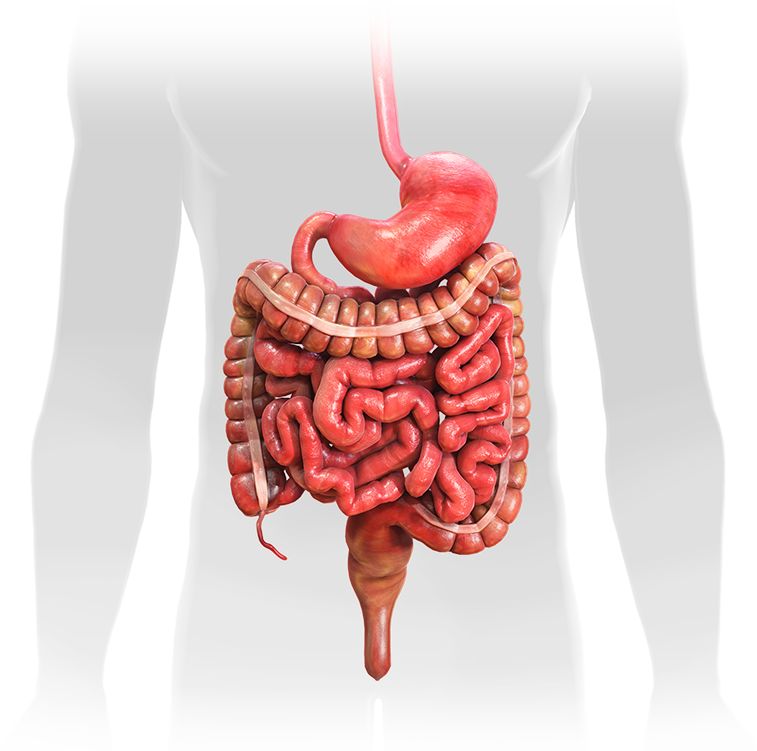Procedures
GASTROINTESTINAL ONCOLOGY
Gastrointestinal oncology is a subspecialty focusing on cancers arising from the digestive tract. Gastrointestinal (GI) cancers account for 26% of global cancer incidence, and 35% of all cancer related deaths. In early stages of cancer, symptoms may be absent or mild and non-specific. This may lead to a delay in diagnosis and limit the curative treatment options available. Identification of patients at a high-risk of cancer and application of screening techniques for early diagnosis helps these patients live a normal life. Typically, cancers occur in the latter half of life (>50 years). A family history of cancer, especially in multiple relatives or at a young age may indicate a high-risk for cancer development.

RISK FACTORS FOR CANCERS INCLUDE
1. Smoking
2. Alcohol consumption
3. Obesity
4. Prolonged exposure to high levels of carcinogenic chemicals or toxins
5. Chronic infections caused by certain viruses and bacteria
DIAGNOSTIC TESTS MAY INCLUDE
1. Endoscopy or colonoscopy: A tiny camera attached to a thin tube is passed down through the mouth or anus. If any suspicious area is found, a small piece of tissue is sent for analysis (biopsy).
2. Imaging or scans: The choice of scan depends on the purpose (diagnosis, staging or operative planning. Often, more than one type of scan may be required. The guiding principle is to start with the least expensive, least invasive, and least risk procedure and progress as required.
o Abdominal ultrasound
o CT scan
o MRI or MRCP scan
o PET-CT scan
3. Genetic marker studies: This is a newer area in cancer treatment that has becoming the standard of care. It provides for individualized and precise cancer treatment with maximum efficacy and minimal side effects. Cancer cells carry certain genetic mutations that make them susceptible or resistant to chemotherapeutic drugs or biologic agents. Identifying these mutations on analysis of biopsy samples helps to plan treatment with appropriate chemotherapy or immunotherapy
SYMPTOMS
Symptoms very depending on the location of cancer. Pain is not commonly present in most cancers. Common symptoms of cancer include;
1. Loss of appetite and/or sudden, unexplained weight loss.
2. Weakness, fatigue, lack of energy
3. Any sudden change of bowel habits (frequency/consistency/color of stools).
4.Progressive difficulty in swallowing or persistent vomiting after food intake.
5. Bleeding from the digestive tract (blood in vomit or mixed with stools).
6. Abnormal swelling or lump in the abdomen.
7. Jaundice or yellow discoloration of eyes and skin.
TREATMENTS
Several treatment options are available and used according to the location, type and stage of the cancer. Often more than one treatment modality may be used. A multidisciplinary team of specialists (medical oncologist, GI oncosurgeon, radiation oncologist, interventional radiologist) assess the patient and disease thoroughly before deciding on a treatment plan that offers the best chance of cure along with a normal quality of life and longevity.
1. Surgery: Cancer that is confined to the organ of origin or with limited spread can be removed by surgery. Surgery removes the affected organ/s along with a clear margin of healthy tissue including potential areas of spread such as lymph nodes. Surgery may be performed by conventional open approach or minimally invasive approaches such as laparoscopic or robotic techniques.
2. Chemotherapy: In chemotherapy drugs are administered as tablets or injections to circulate throughout your body and kill cancer cells throughout the body. Depending on the location, type and stage of cancer, chemotherapy can be administered at different stages of treatment process;
o Before surgery (neoadjuvant chemotherapy) to reduce the size of the tumor for easy removal and better local control.
o After surgery (adjuvant chemotherapy) is used to destroy the remaining cancer cells in the body and reduce risk of recurrence and metastases.
o As the primary treatment when cancer is loco-regionally advanced or distant spread (metastases) and not amenable to surgery.
3. Radiation therapy: The process uses high-intensity energy beams such as protons and gamma rays to destroy cancerous cells. Special techniques such as stereotactic or intensity modulated radiation are now available to maximise energy delivery to destroy cancer cells with minimal effect to adjacent normal tissues and organs. The radiation therapy can be used prior to surgery (neoadjuvant radiation) to diminish the size of the tumor for better local control. It is also used as the primary treatment for certain cancers of the mouth and throat.
4. Immunotherapy: This process involves using medicines for building the body’s immunity or natural defence against cancer cells. By using specific drugs it restores a patient’s immune system to direct them to kill cancer cells. Immunotherapy targets specific proteins, genes, and tissue environments responsible for the growth of cancer.




